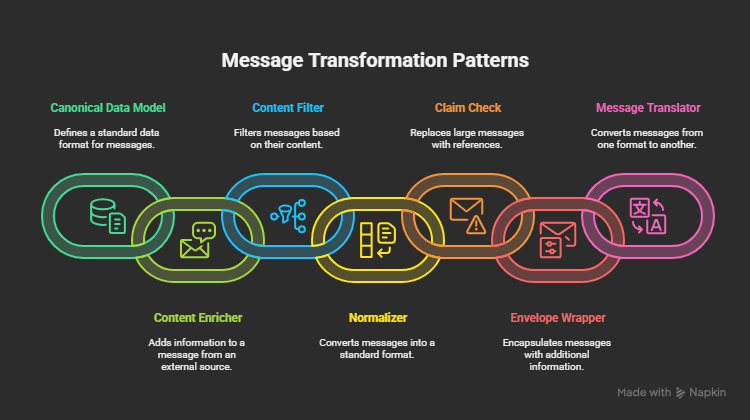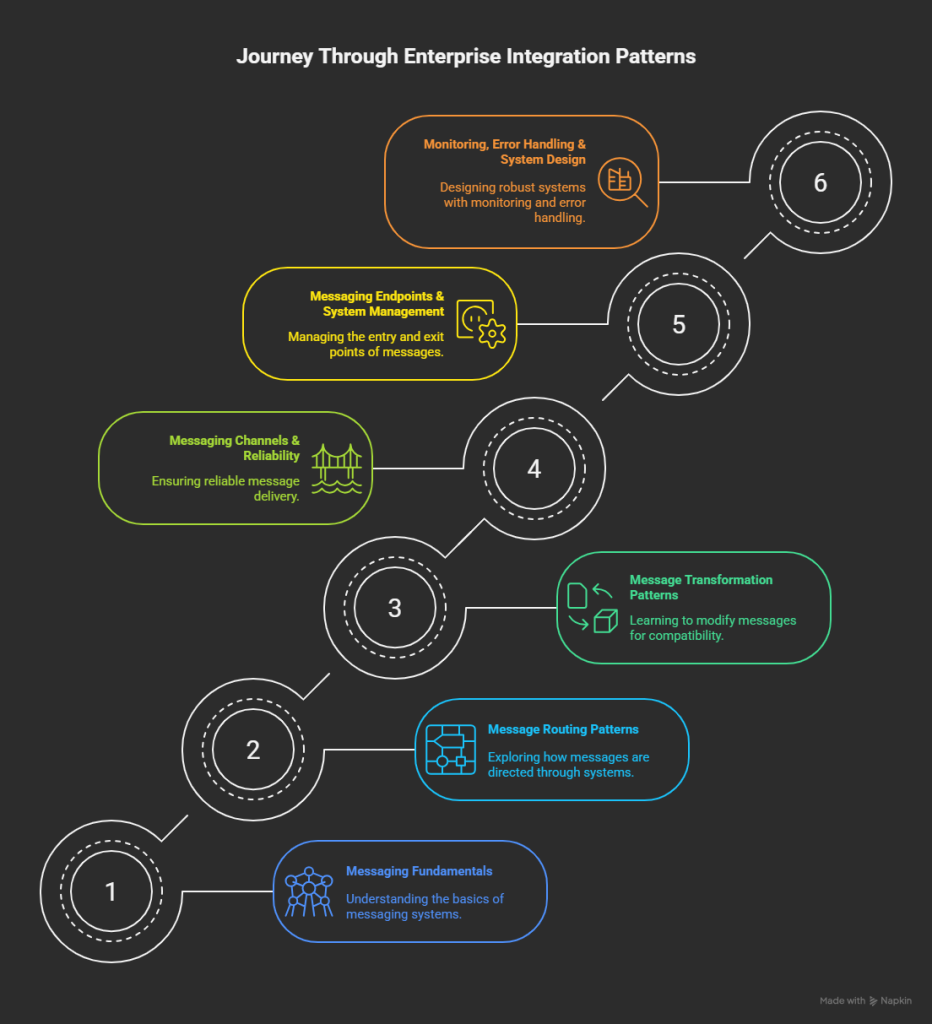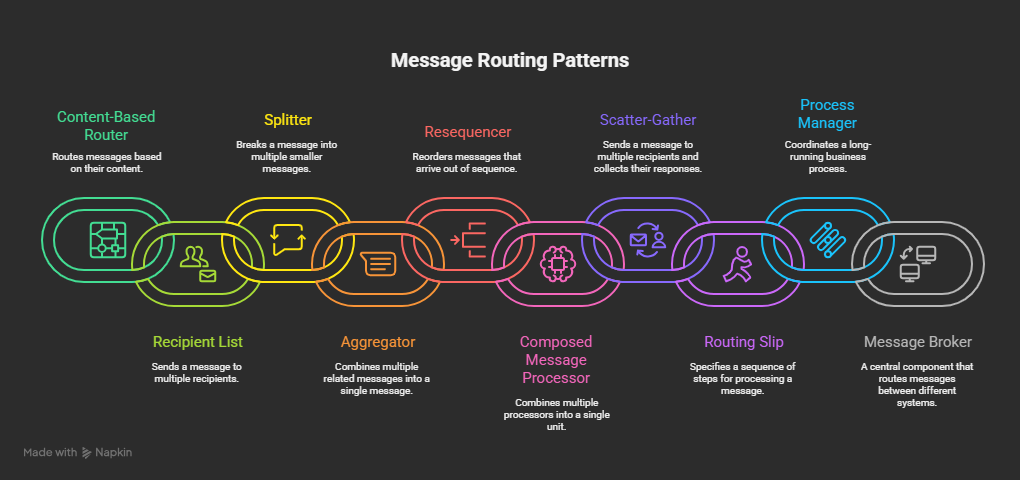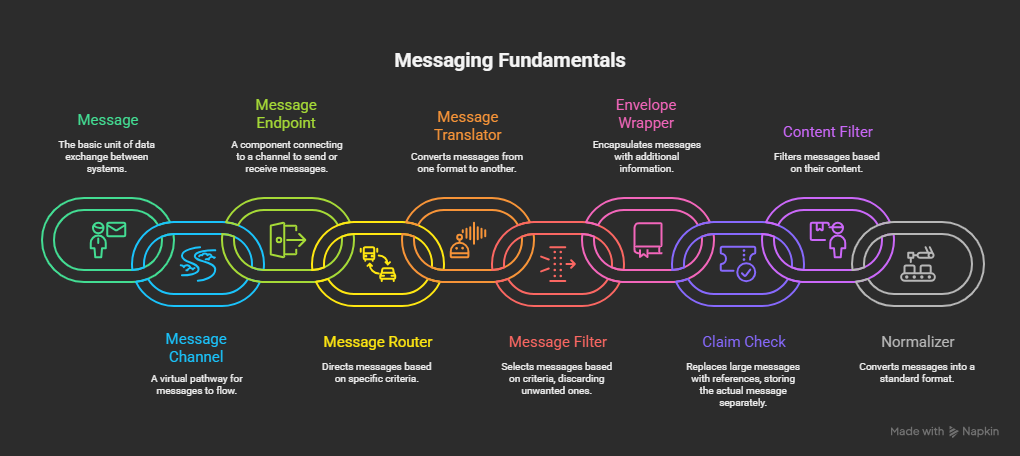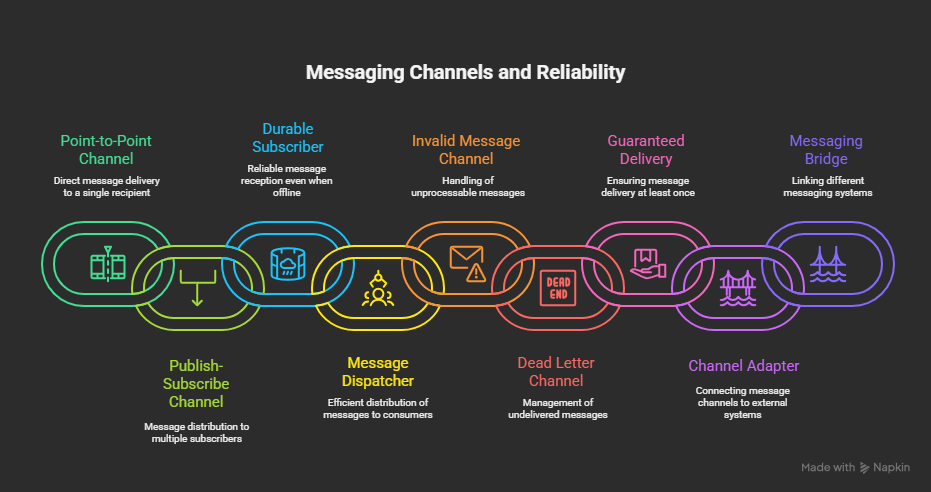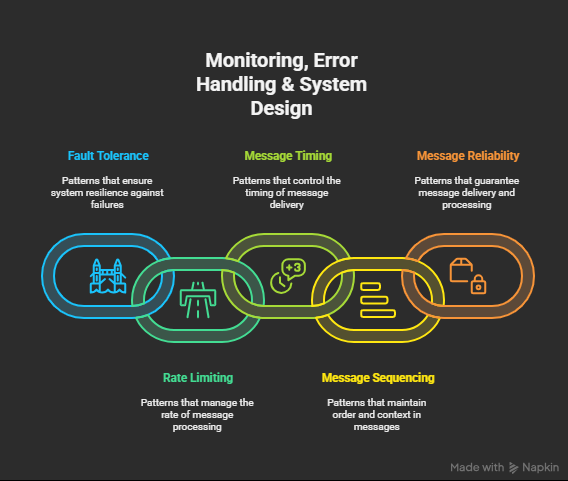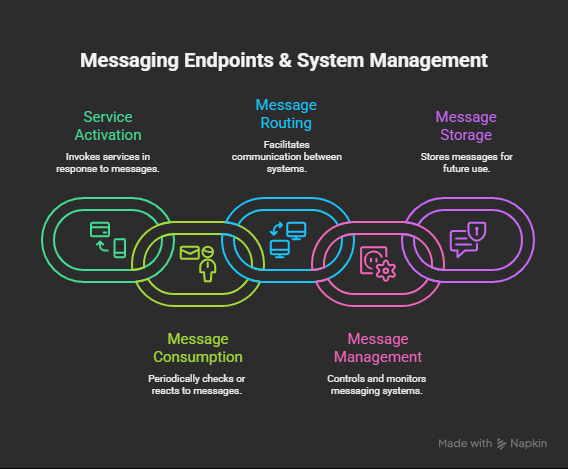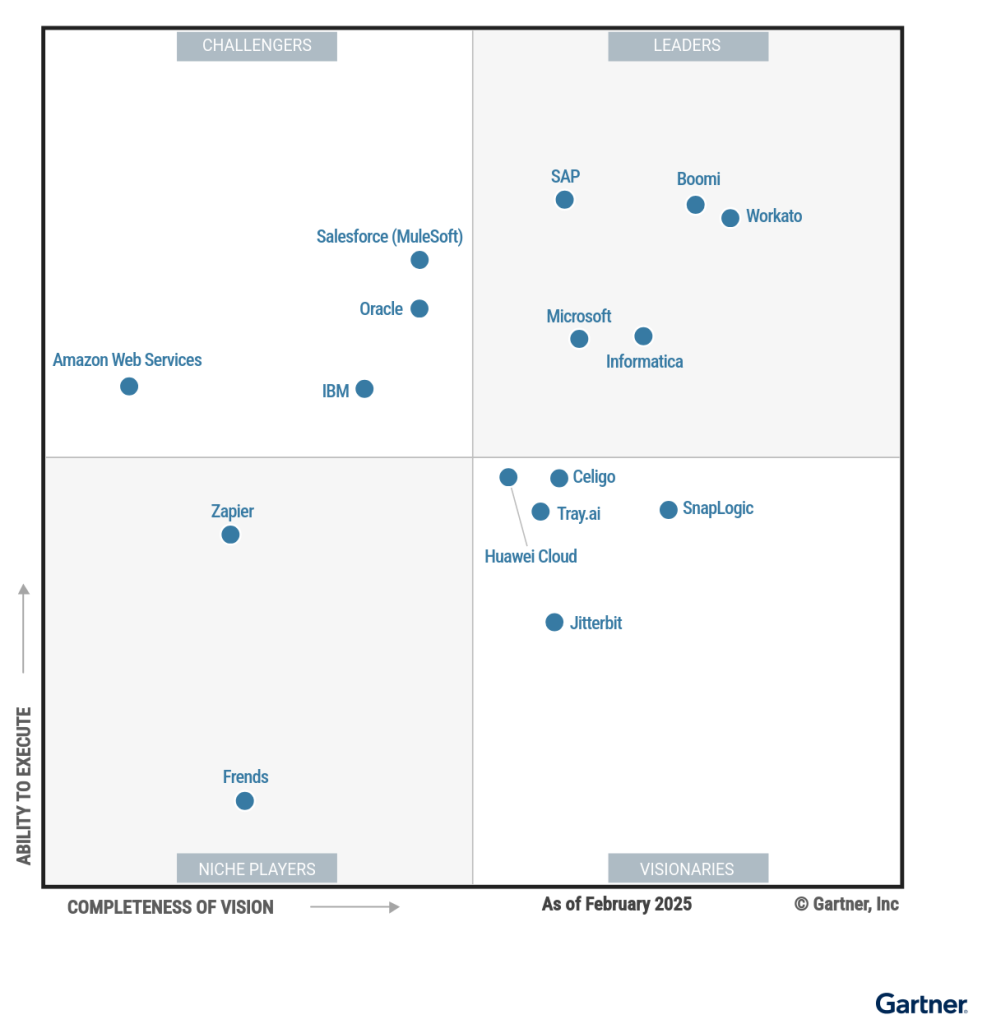Posted inAzure Integration Services
Part 3: Transformation Patterns – Blog Series: Enterprise Integration Patterns with Azure
In this third post of our blog series on Enterprise Integration Patterns (EIPs) implemented with Azure Integration Services, we explore Transformation Patterns — designs that enable different systems to exchange and understand data by reshaping message content.
